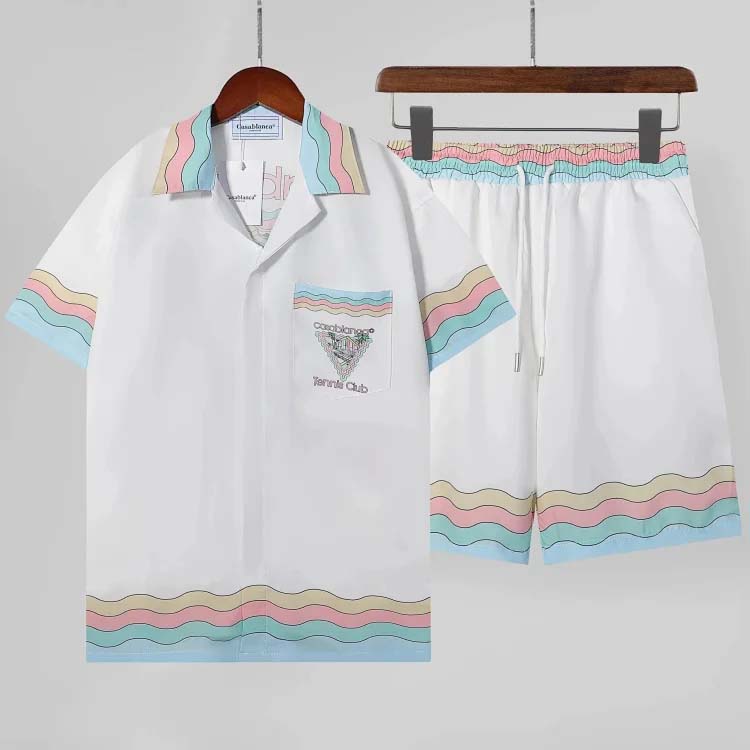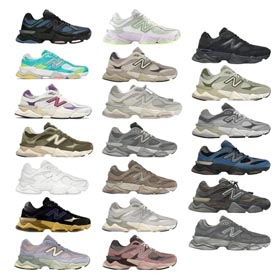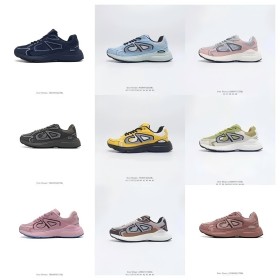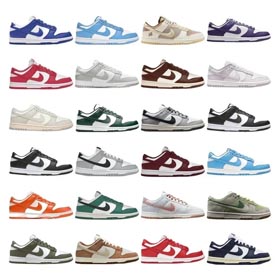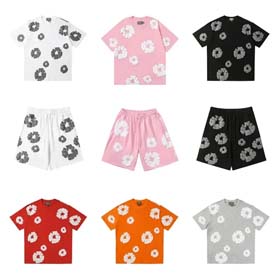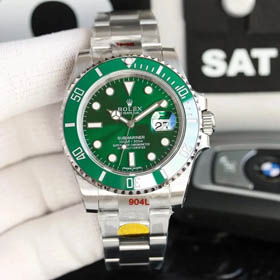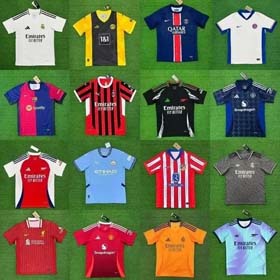Brand Collaboration Assessment Model
Introduction to the Brand Collaboration Assessment ModelThe process of selecting the right brand collaboration partners is crucial for the success of any business. By leveraging reviews and spreadsheet data, businesses can accurately evaluate potential collaborators. One effective method is to use a four-quadrant assessment model that cross-analyzes the "authenticity rate" and "customer repurchase rate" of suppliers. This approach helps in identifying the most reliable and profitable partners, thereby significantly reducing the risk associated with brand collaborations.Understanding the Four-Quadrant ModelThe four-quadrant model is a strategic tool that categorizes suppliers based on their authenticity rate and customer repurchase rate. The model divides the spreadsheet into four sections, each representing a different combination of these two metrics:Quadrant I - High Authenticity and High Repurchase Rate:Quadrant II - Low Authenticity and High Repurchase Rate:Quadrant III - Low Authenticity and Low Repurchase Rate:Quadrant IV - High Authenticity and Low Repurchase Rate:Prioritizing "Double High" SuppliersBy focusing on suppliers in Quadrant I, businesses can prioritize partners that have both a high authenticity rate and a high customer repurchase rate. This "double high" criterion ensures that the products offered are genuine and that customers are satisfied enough to make repeat purchases. Collaborating with such suppliers can reduce the risk of collaboration by more than 60%.External Link for ReferenceFor further reference on authentic Chanel products, you can visit the following external link: Chanel Handbags and Footwear. This website can serve as a resource to verify the authenticity of products and understand the brand's standards.ConclusionThe four-quadrant assessment model, when applied to spreadsheet data, provides a comprehensive and strategic approach to evaluating brand collaboration partners. By prioritizing "double high" suppliers, businesses can significantly mitigate the risks associated with brand collaborations and ensure a more successful partnership.


